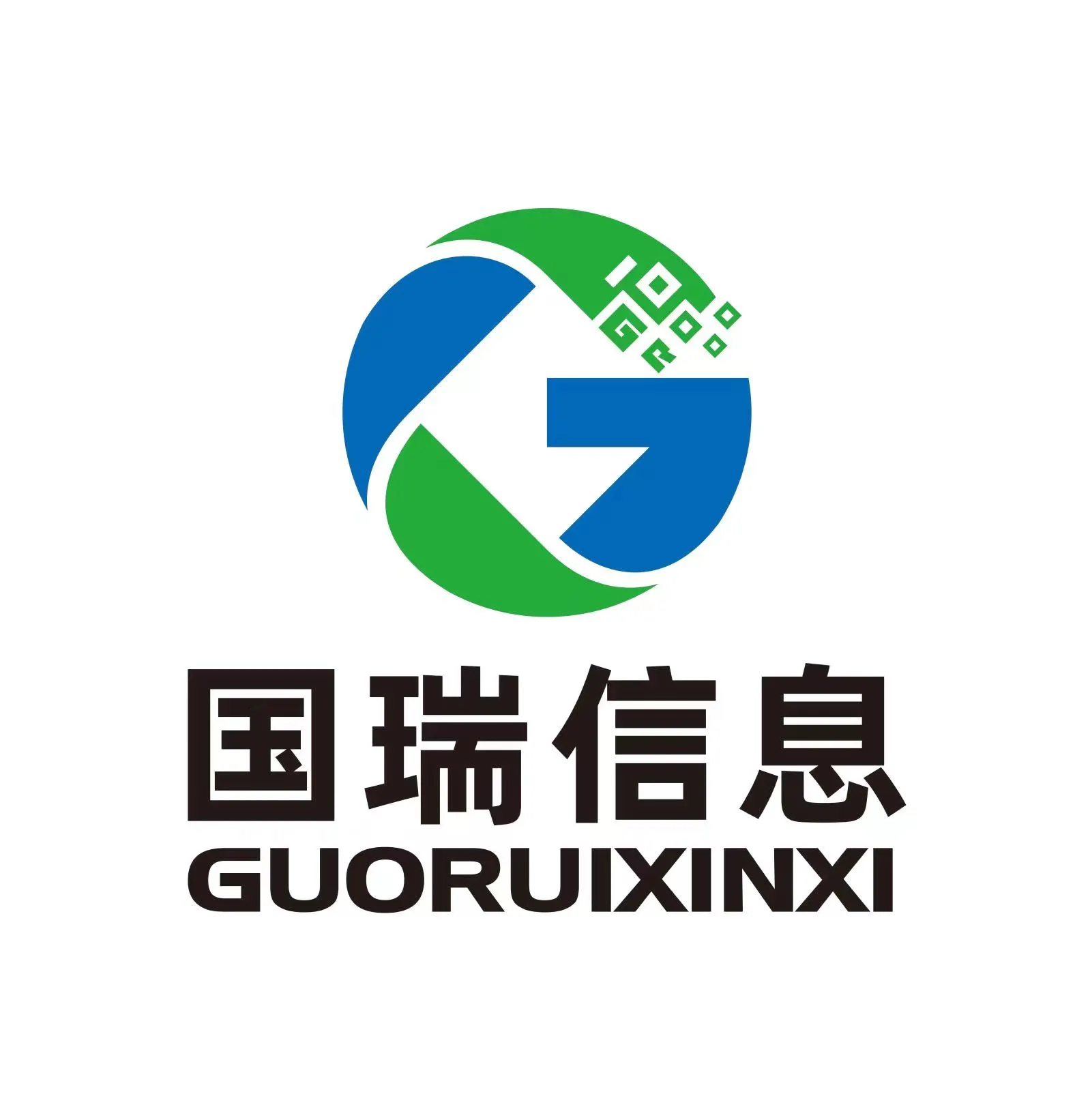Managing and Routing Drag Cables for Efficient Power Supply and Safety
The Importance of Drag Cables in Modern Technology
In an era dominated by rapid technological advancements and increased connectivity, the role of drag cables has become increasingly significant. These specialized cables are designed to provide power and data transmission in various applications, particularly in environments where movement is a crucial factor—such as in robotics, industrial machinery, and entertainment technology. Understanding the functionality, application, and benefits of drag cables can help industries optimize their operations and enhance their technological frameworks.
What are Drag Cables?
Drag cables, often referred to as flexible cables or continuous flex cables, are engineered to withstand repeated bending and movement. They consist of multiple conductors insulated and encased in robust materials to ensure durability and reliability. Unlike traditional cables, drag cables are designed specifically for applications where they are subject to frequent motion—whether stretching, twisting, or bending.
Typically found in locations where machinery operates on tracks or in automated environments, drag cables are essential in safeguarding electrical and signaling connections against wear and tear. The design of these cables allows them to travel in parallel and retract without getting tangled or damaged, hence the term drag.
Applications of Drag Cables
The versatility of drag cables allows them to be utilized in multiple fields
1. Robotics In robotic applications, where movement and flexibility are key, drag cables provide a reliable solution to connect power and control signals. Robots in assembly lines, for instance, often use drag chains that house these cables, allowing for smooth movement along predefined paths.
2. Industrial Machinery Automated systems in factories utilize drag cables to manage their electrical connections. These cables can endure the strenuous conditions of manufacturing processes, minimizing downtime due to cable damage and ensuring consistent performance.
drag cables

3. Entertainment Technology In the entertainment sector, particularly in the operation of stage equipment like lighting and sound systems, drag cables facilitate movement while maintaining power and data integrity. They are essential for rigging and lighting setups where equipment moves dynamically, fulfilling the requirements of modern performances.
4. Telecommunications As technology progresses, the demand for effective data transmission increases. Drag cables are often integrated into high-speed networks, allowing seamless connections that accommodate the movement of devices without sacrificing performance.
Benefits of Using Drag Cables
1. Durability Engineered for longevity, drag cables provide a robust solution capable of withstanding the rigors of repetitive motion. Their design minimizes the risk of wear and tear, ensuring uninterrupted functionality.
2. Flexibility These cables are designed to adapt to various configurations, accommodating the specific layout and movement patterns of equipment. Manufacturers can customize drag cables based on the unique requirements of their machines, leading to optimized performance.
3. Safety By containing multiple conductors in a single cable, drag cables reduce the clutter of loose wires, minimizing the risk of accidents in industrial environments. They enhance operational safety while maintaining efficient workflow processes.
4. Maintenance Reduction Utilizing drag cables leads to fewer malfunctions, translating to lower maintenance costs. Businesses can save significantly on repairs and replacements, directing their resources toward other essential areas of operation.
Conclusion
In conclusion, drag cables are a crucial component of modern technology, facilitating connectivity in dynamic environments. Their application in various fields, from robotics to industrial operations and entertainment, highlights their versatility and importance. By investing in high-quality drag cables, industries can boost their operational efficiency, enhance safety, and reduce maintenance costs. As technology continues to evolve, the role of drag cables will only become more significant, driving forward innovations and enhancing the performance of complex systems. Therefore, understanding and implementing drag cables is essential for any organization focusing on modern electronic and mechanical solutions.








